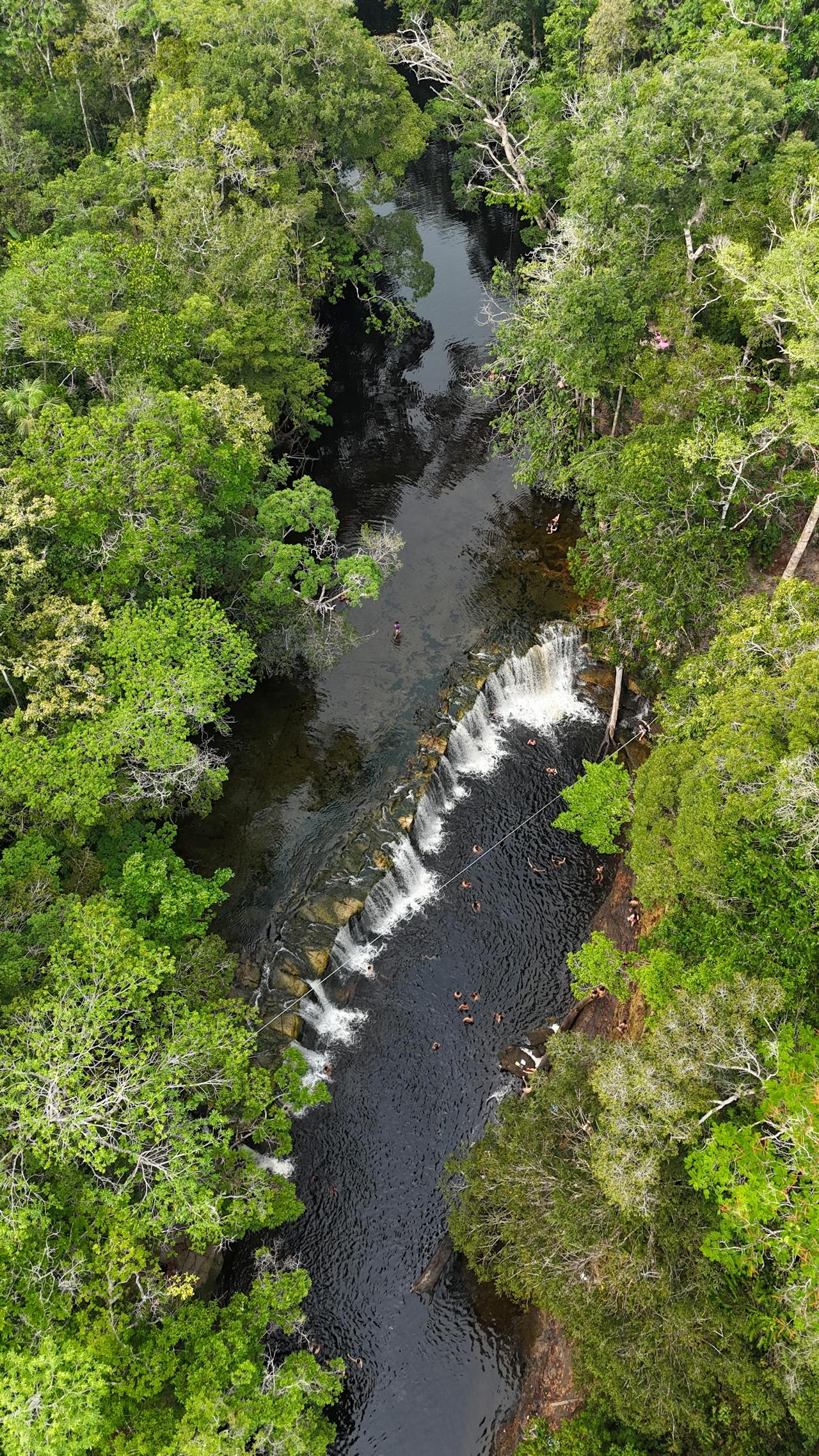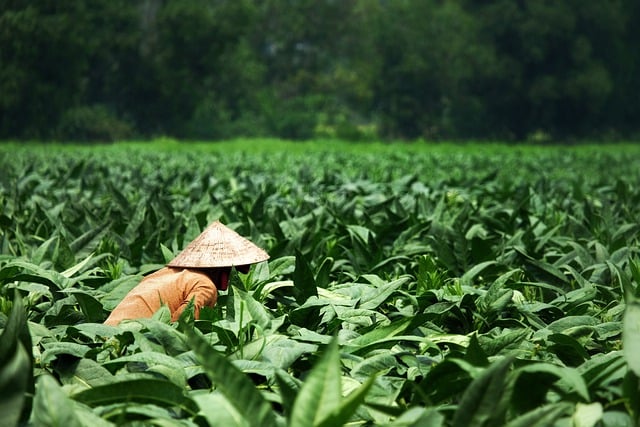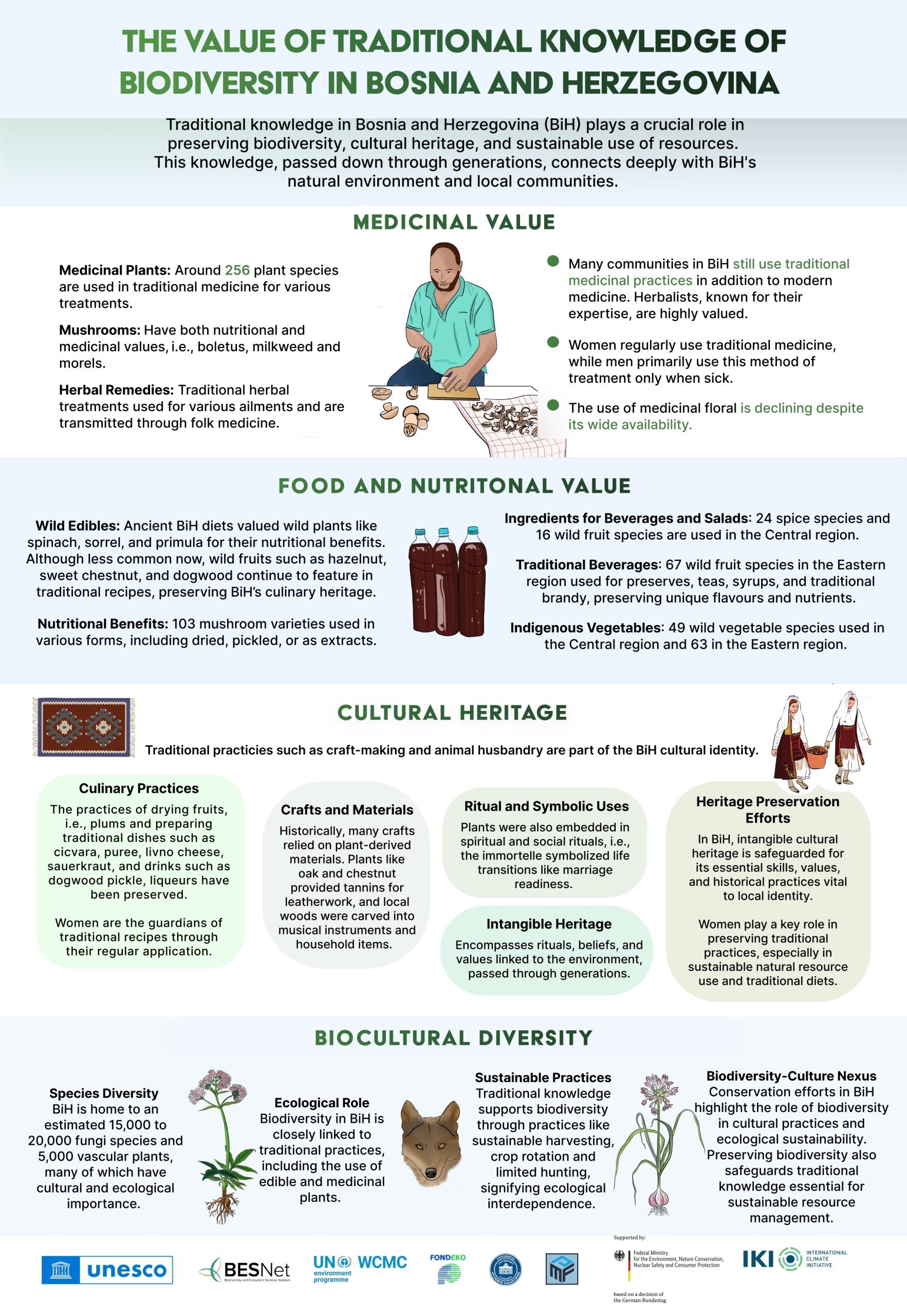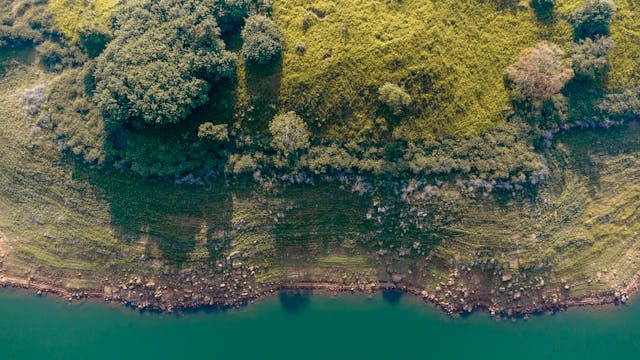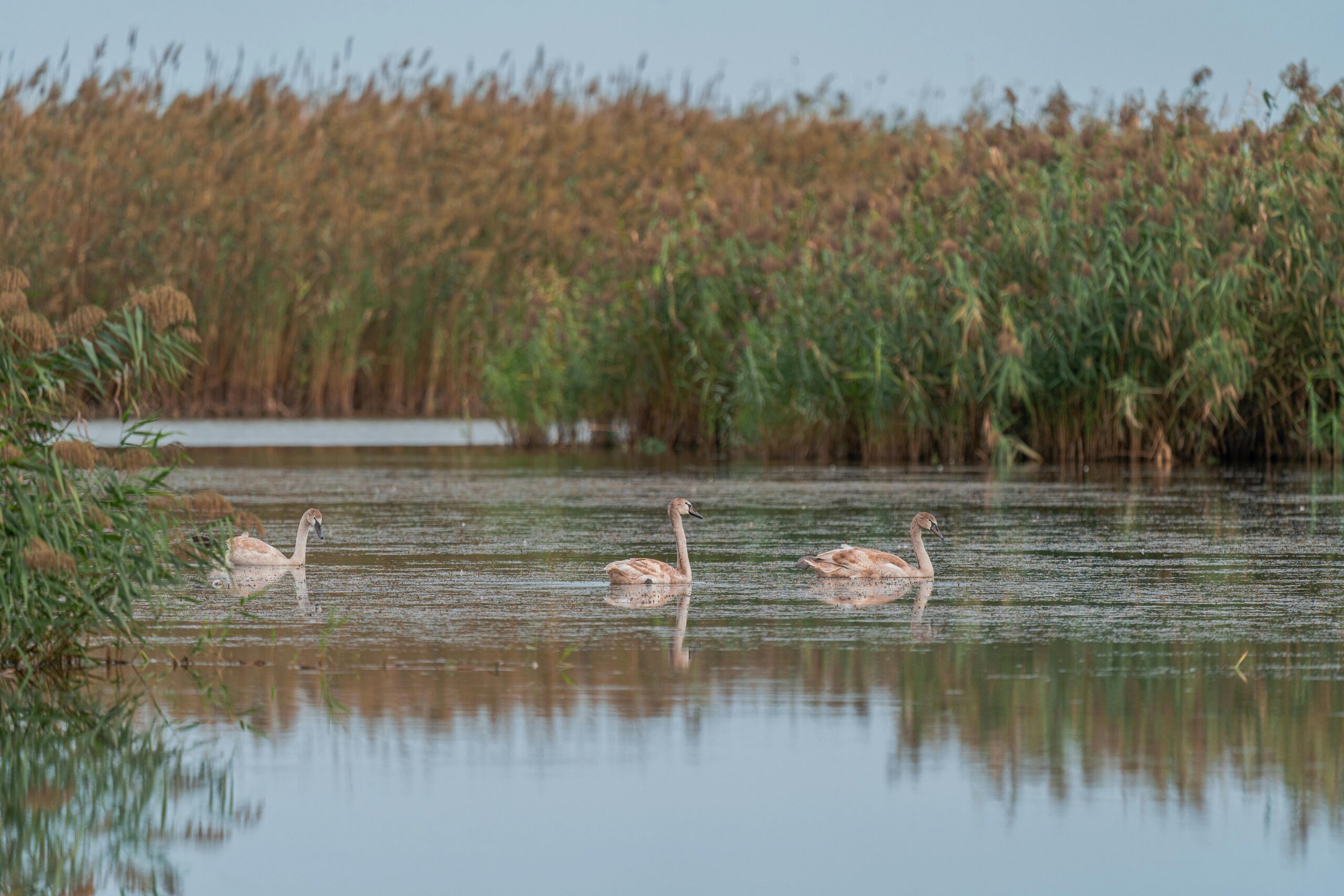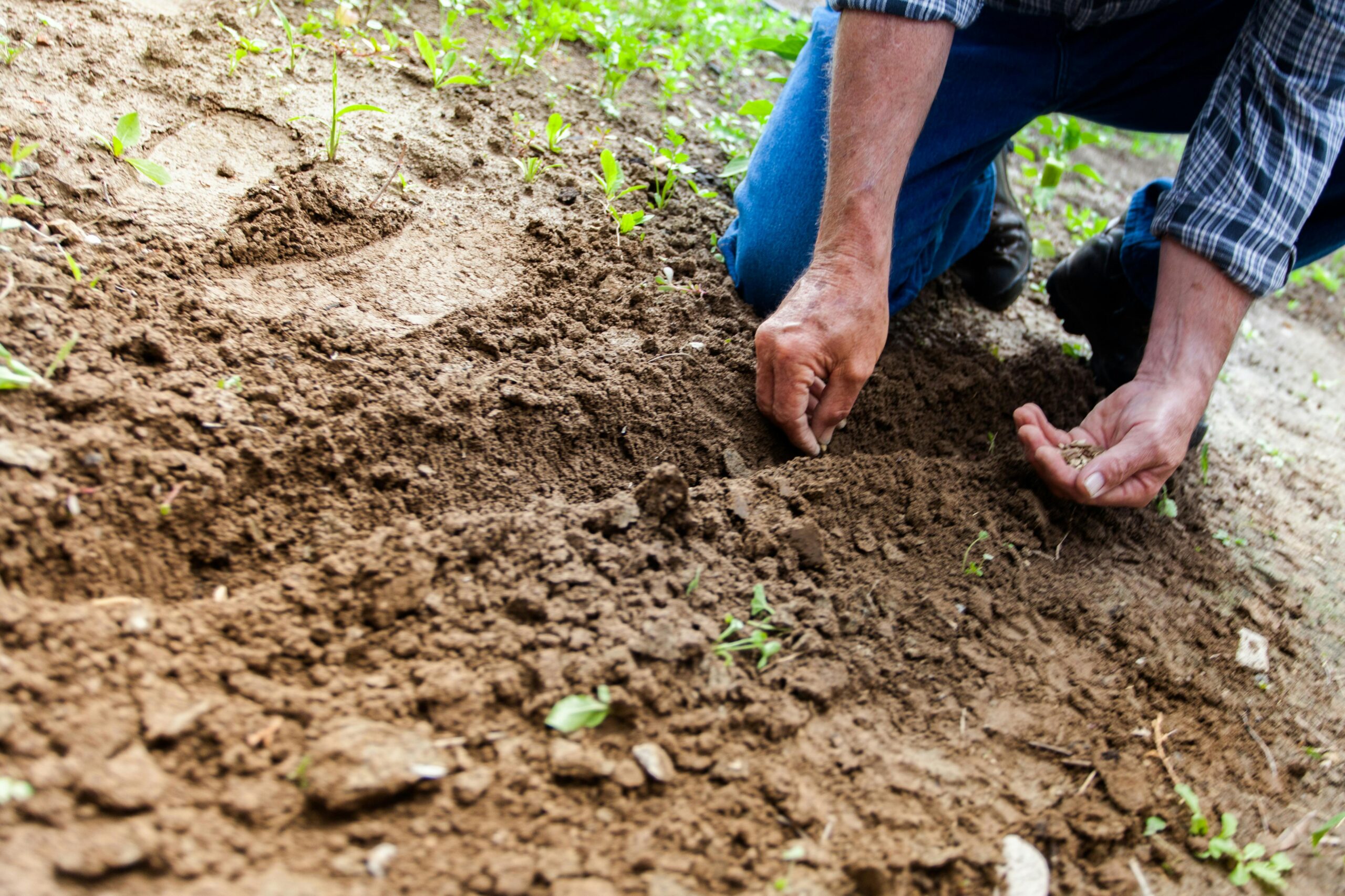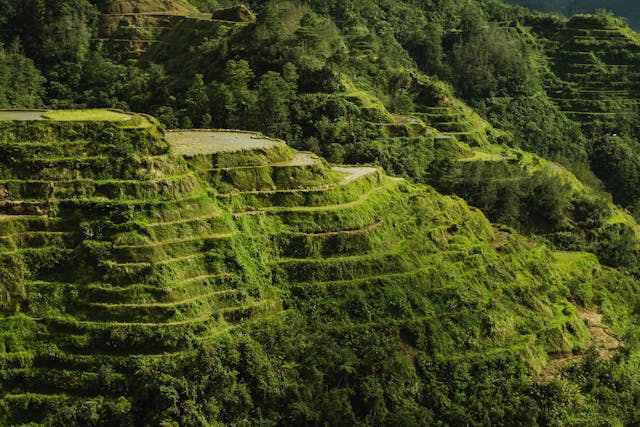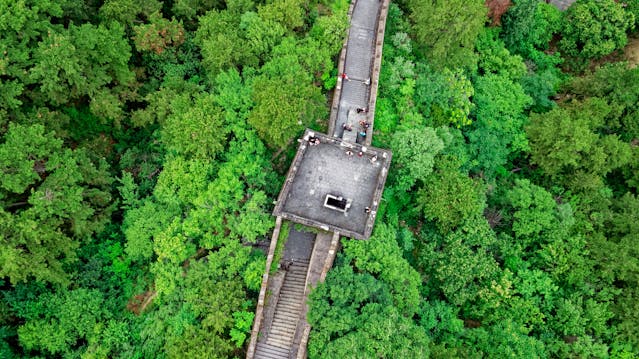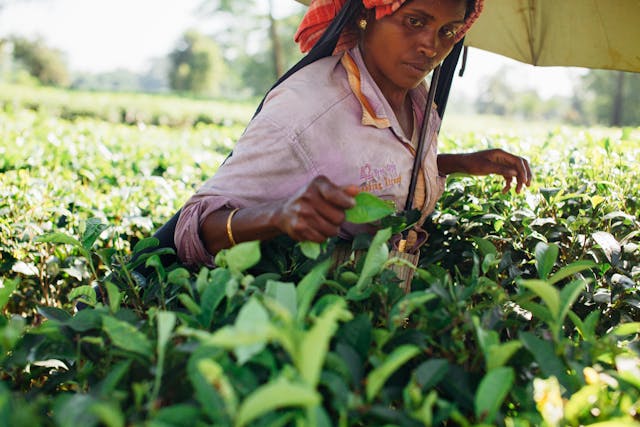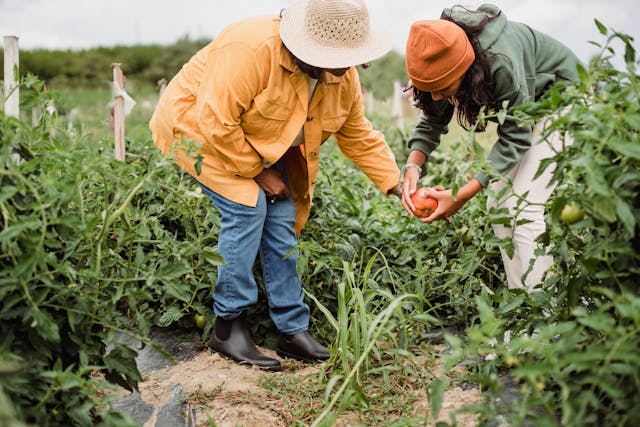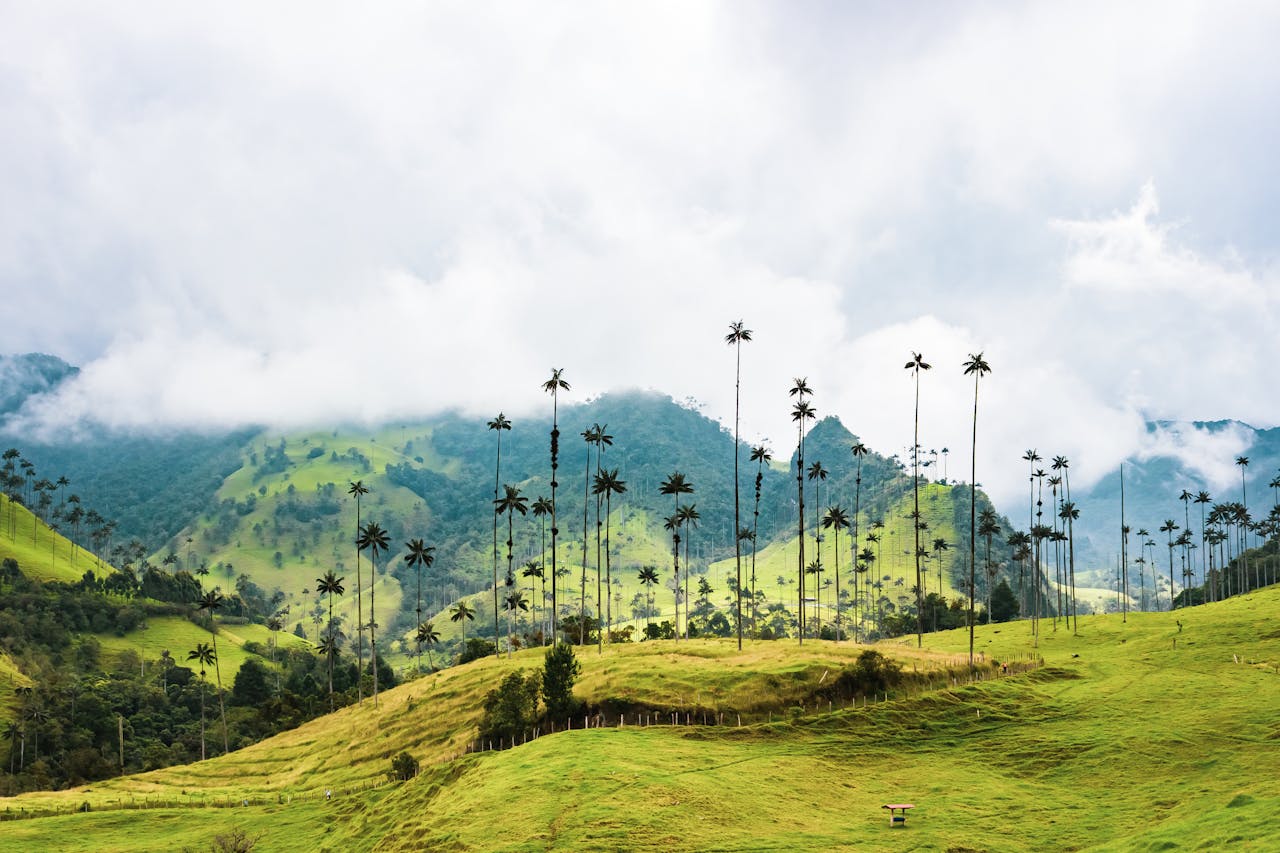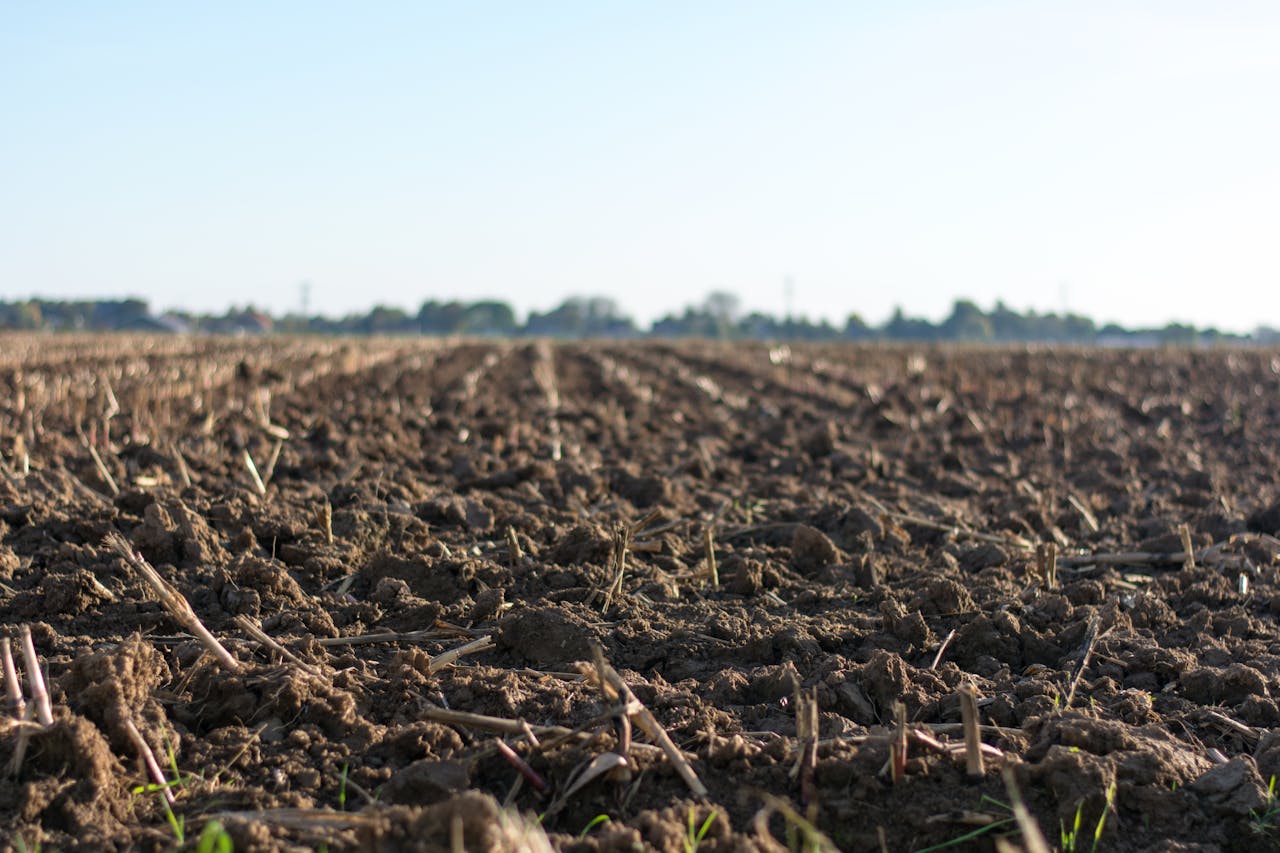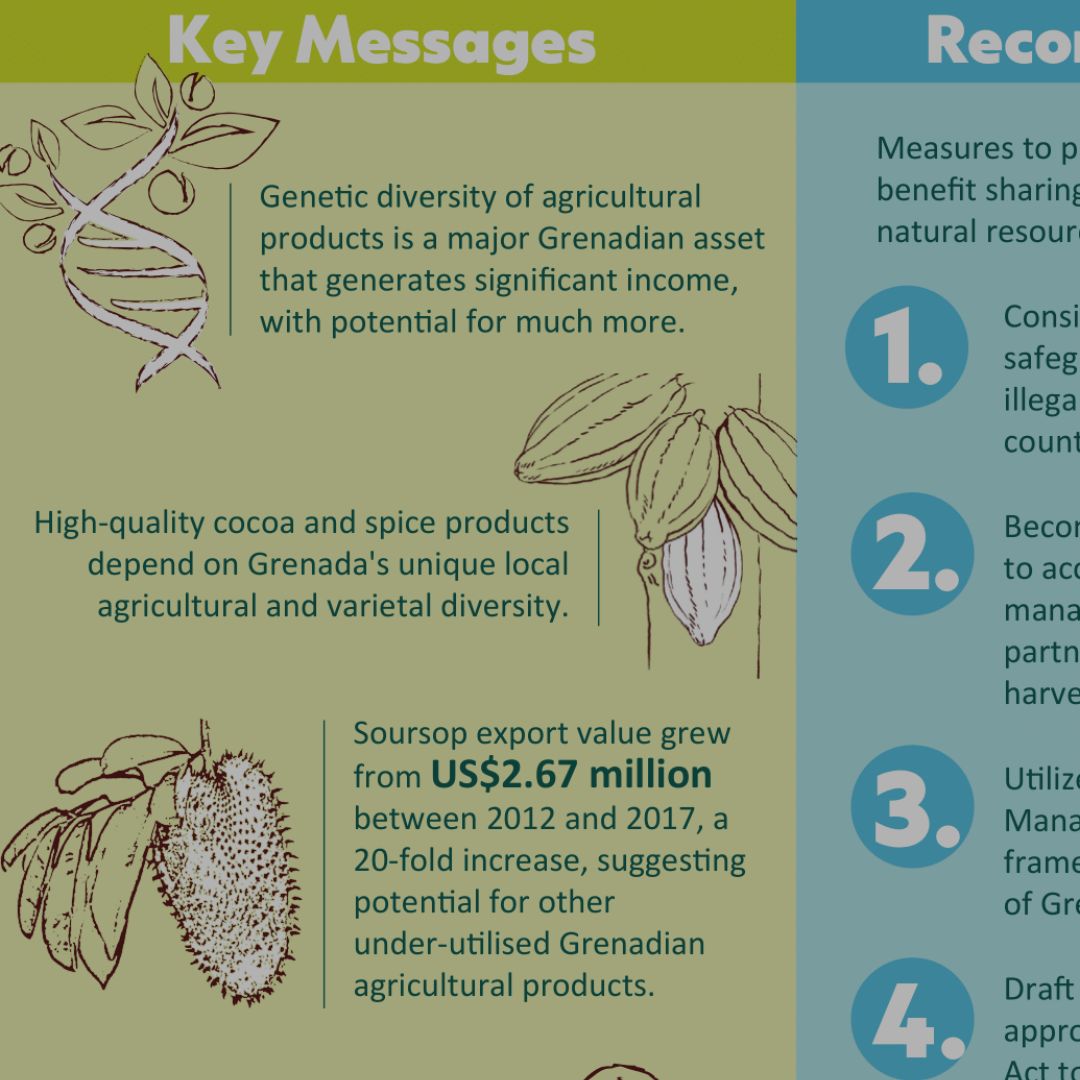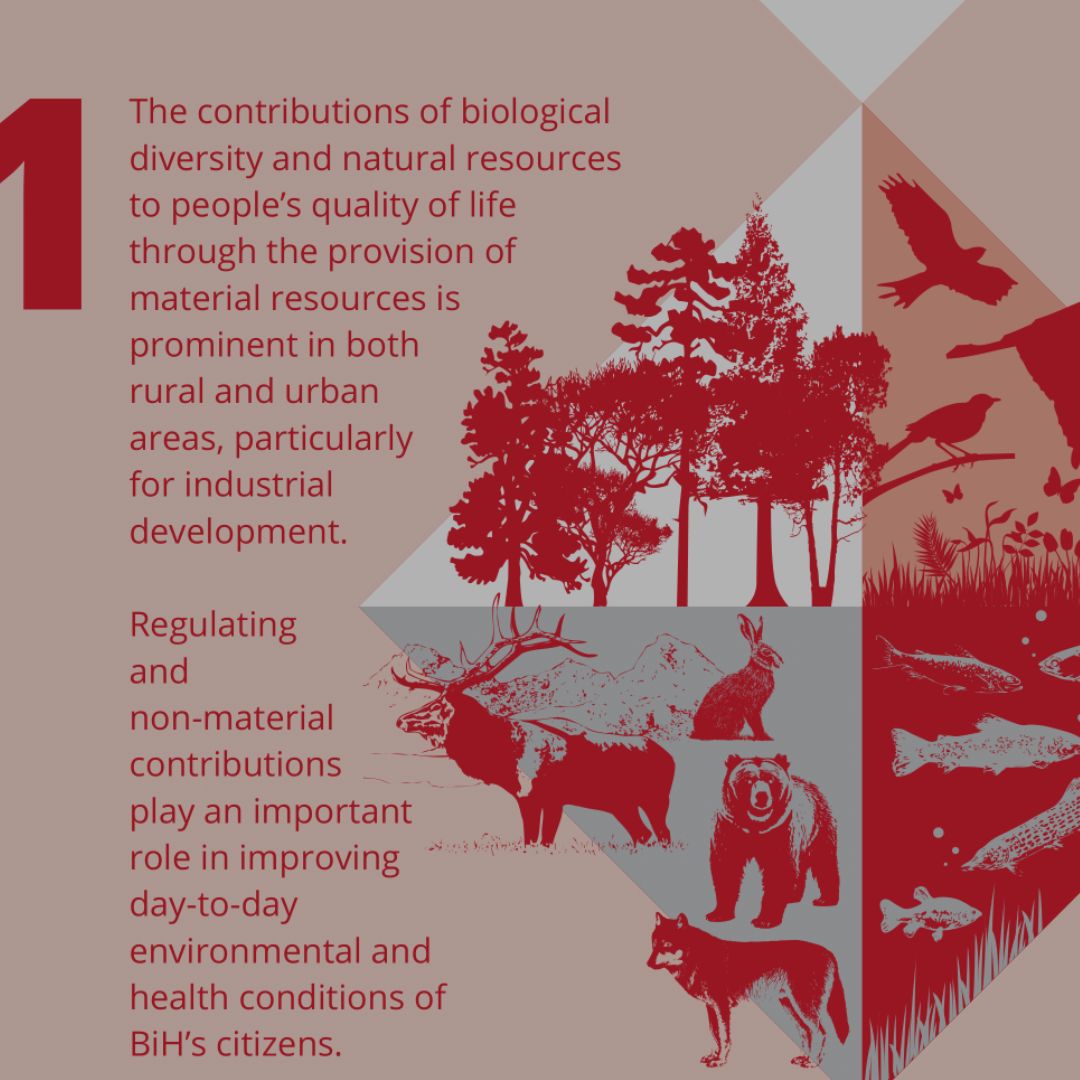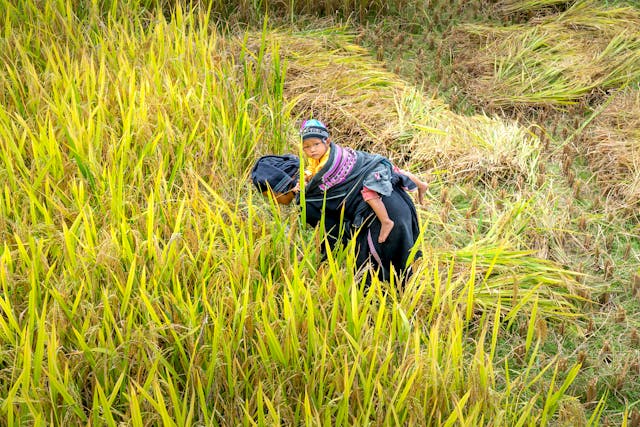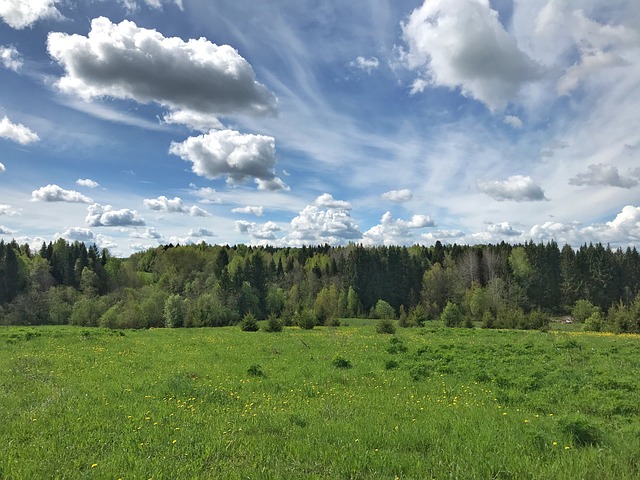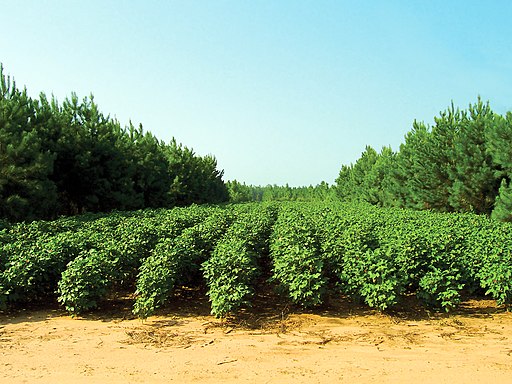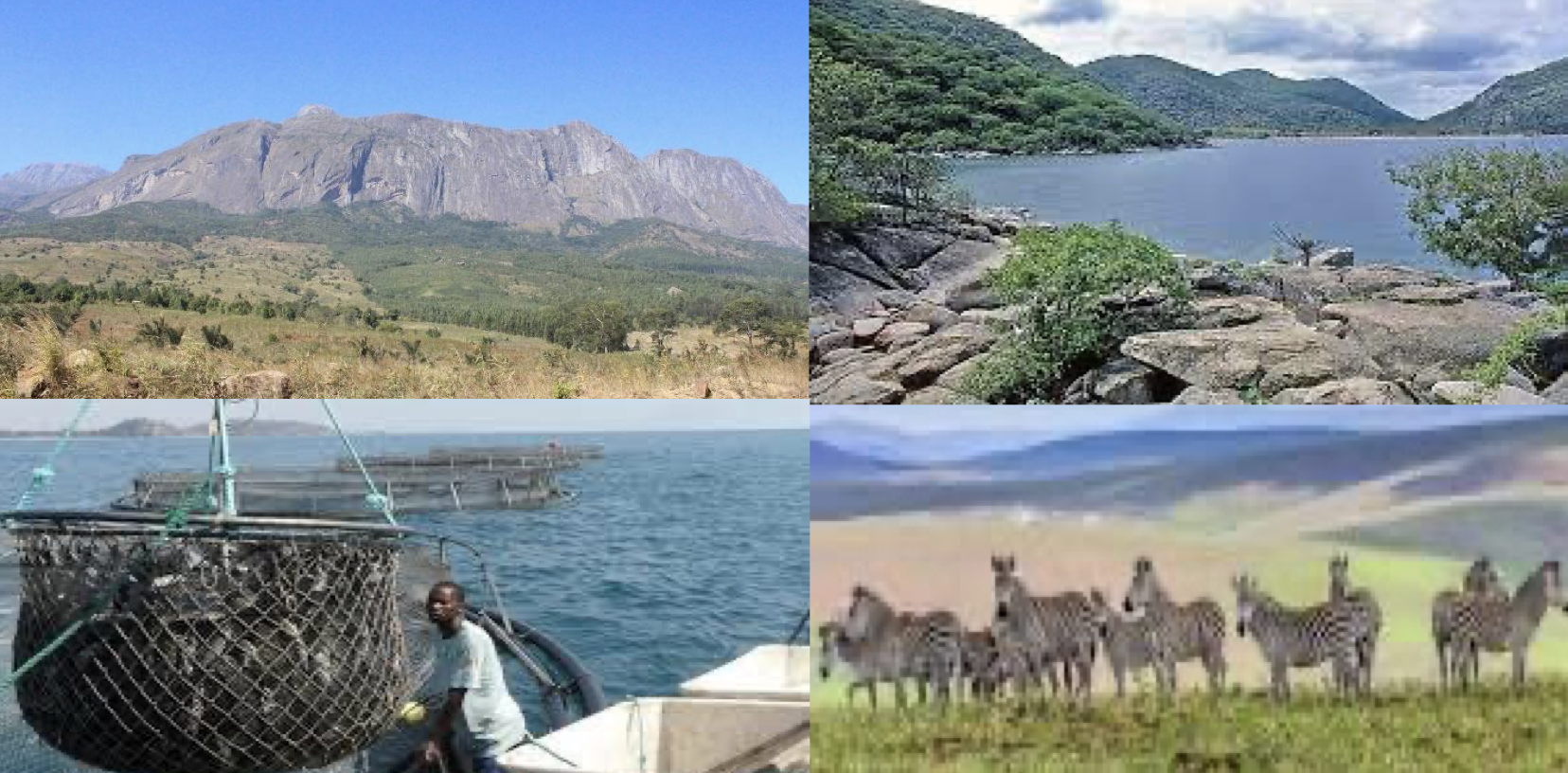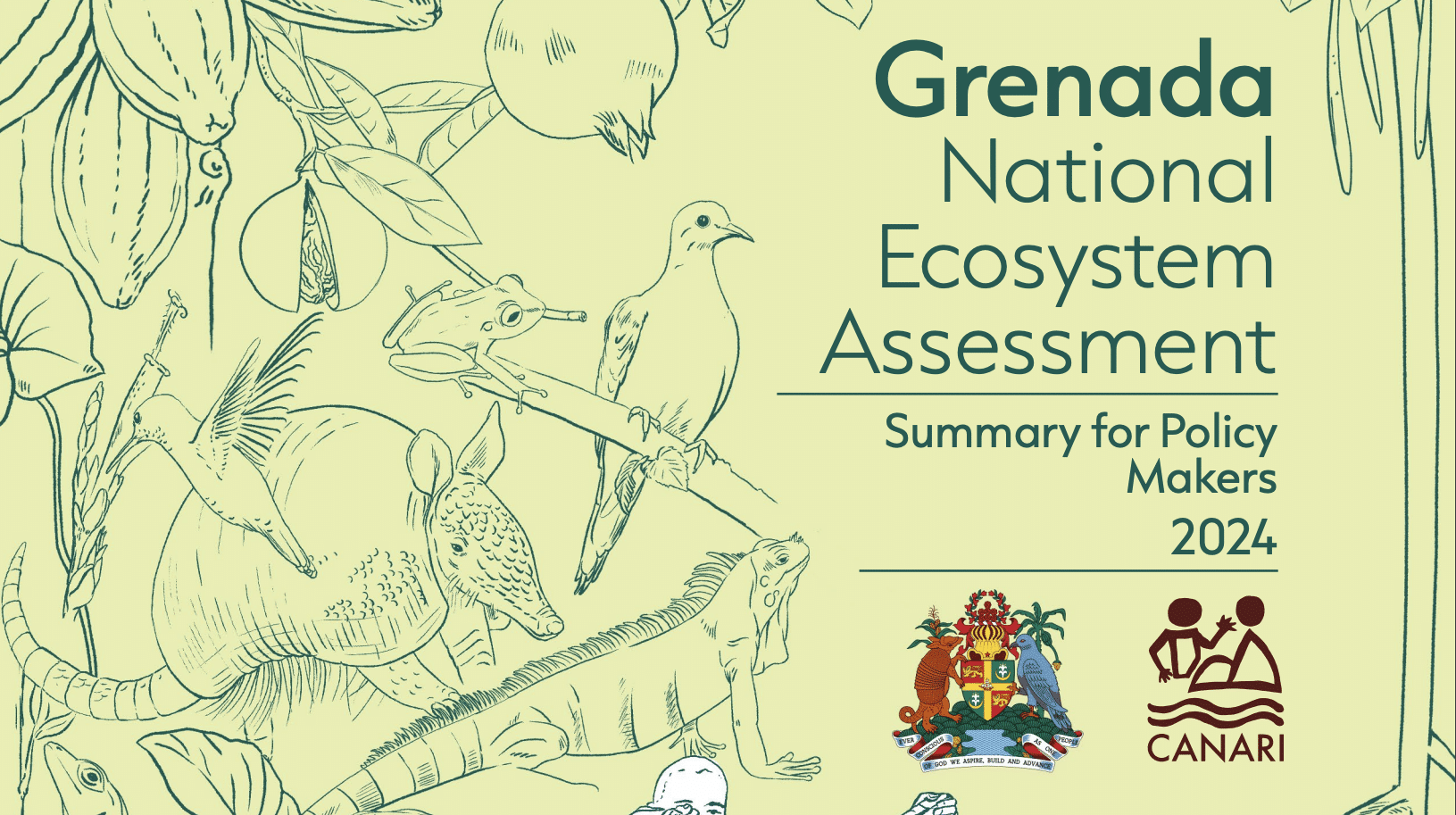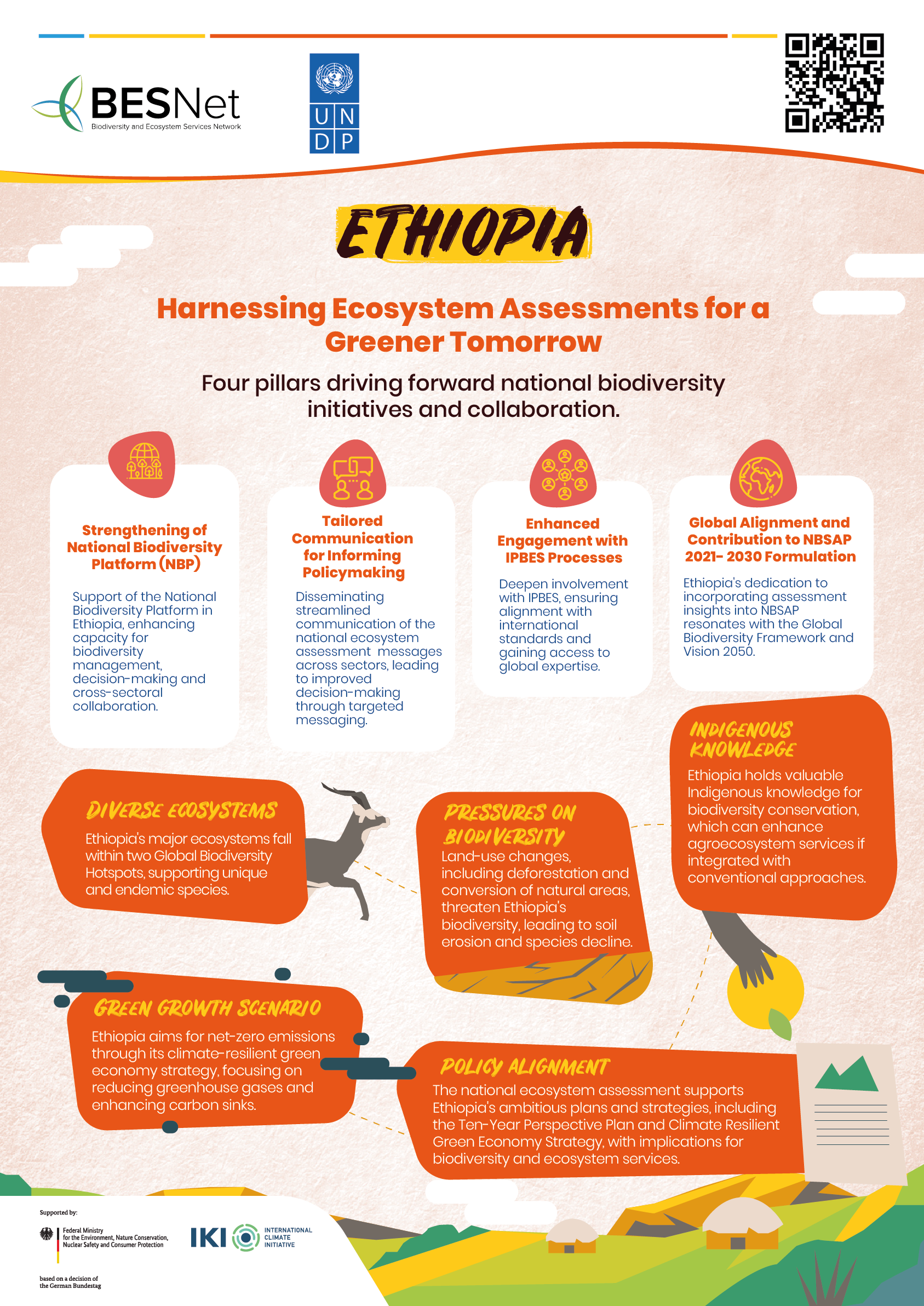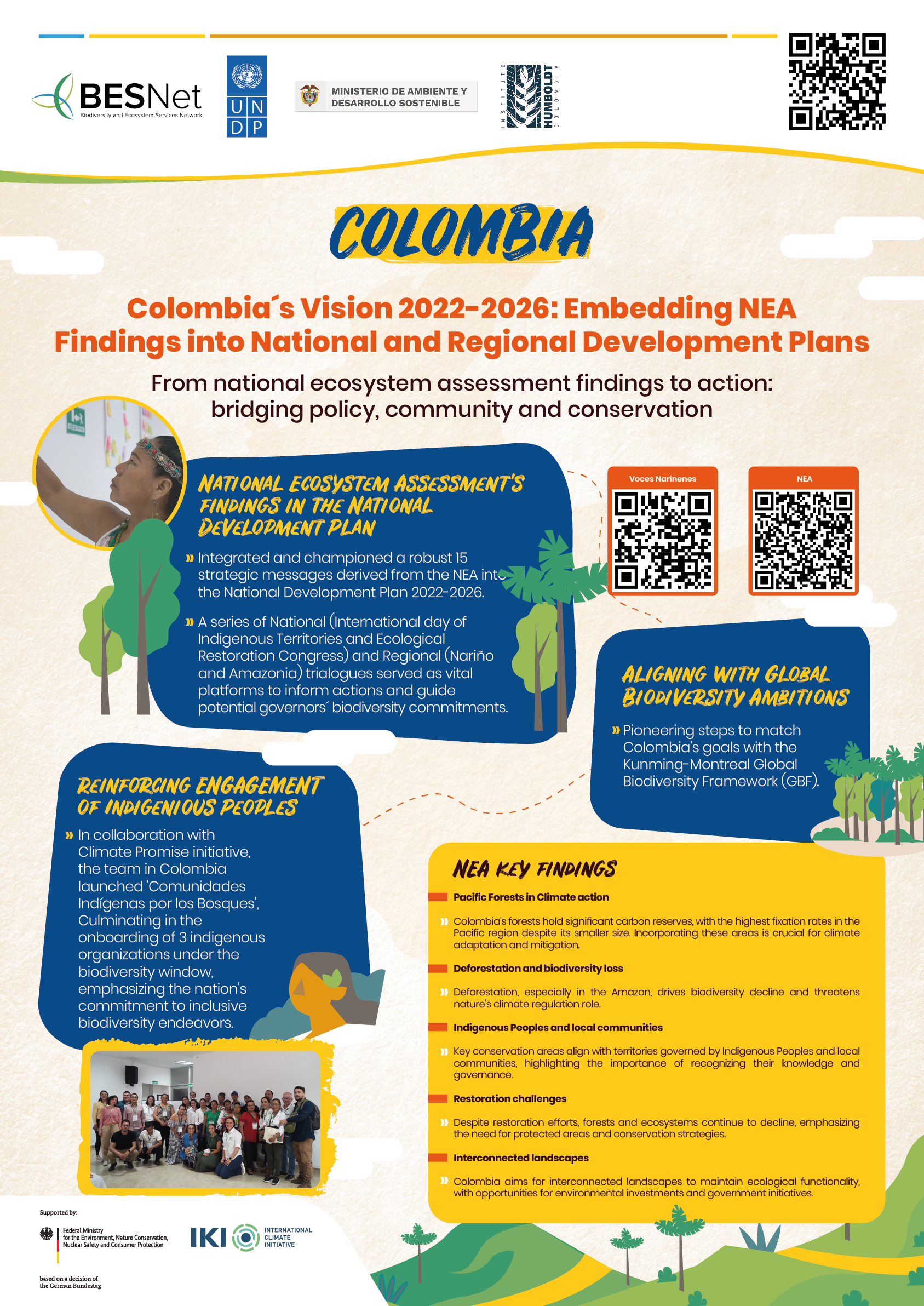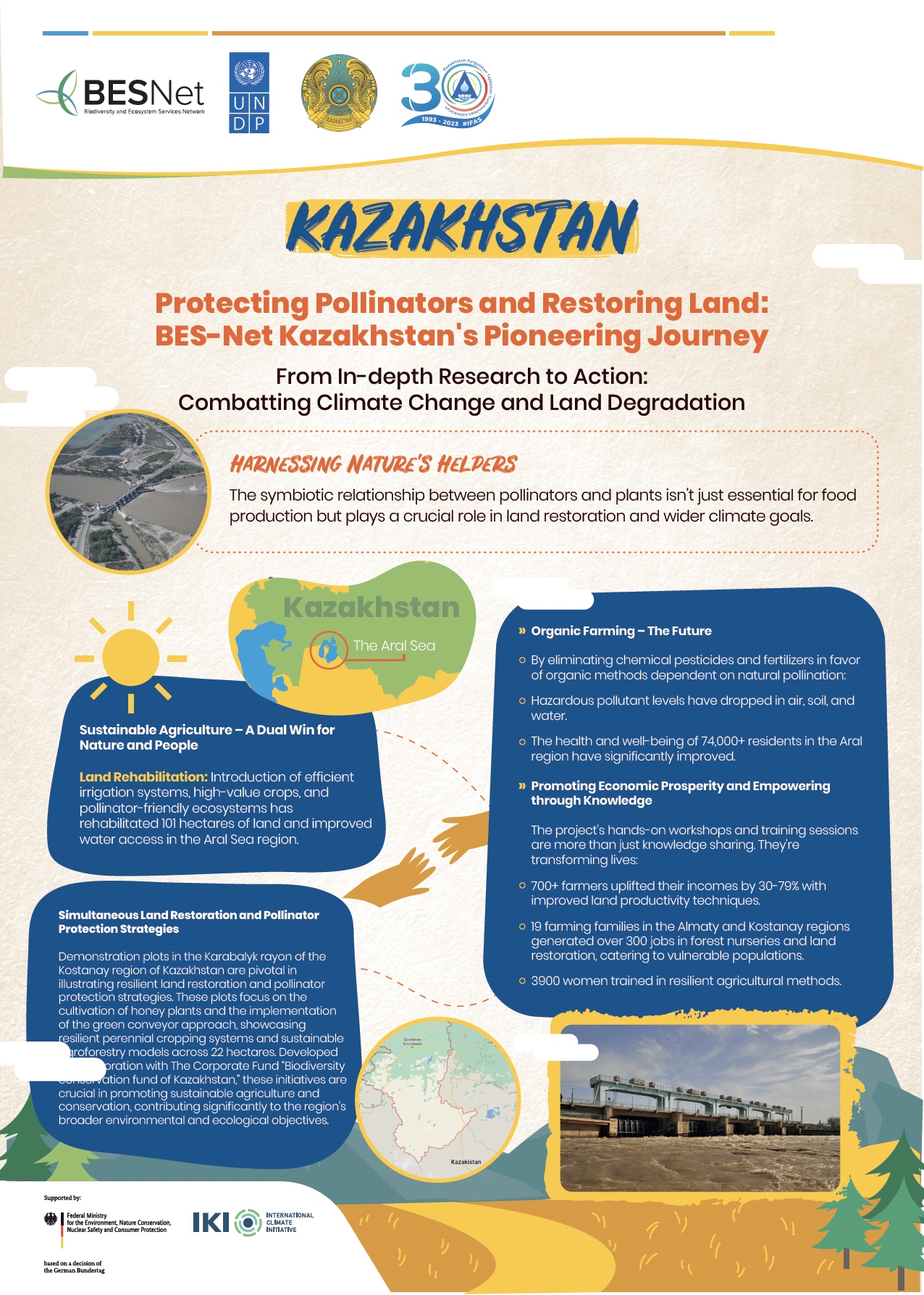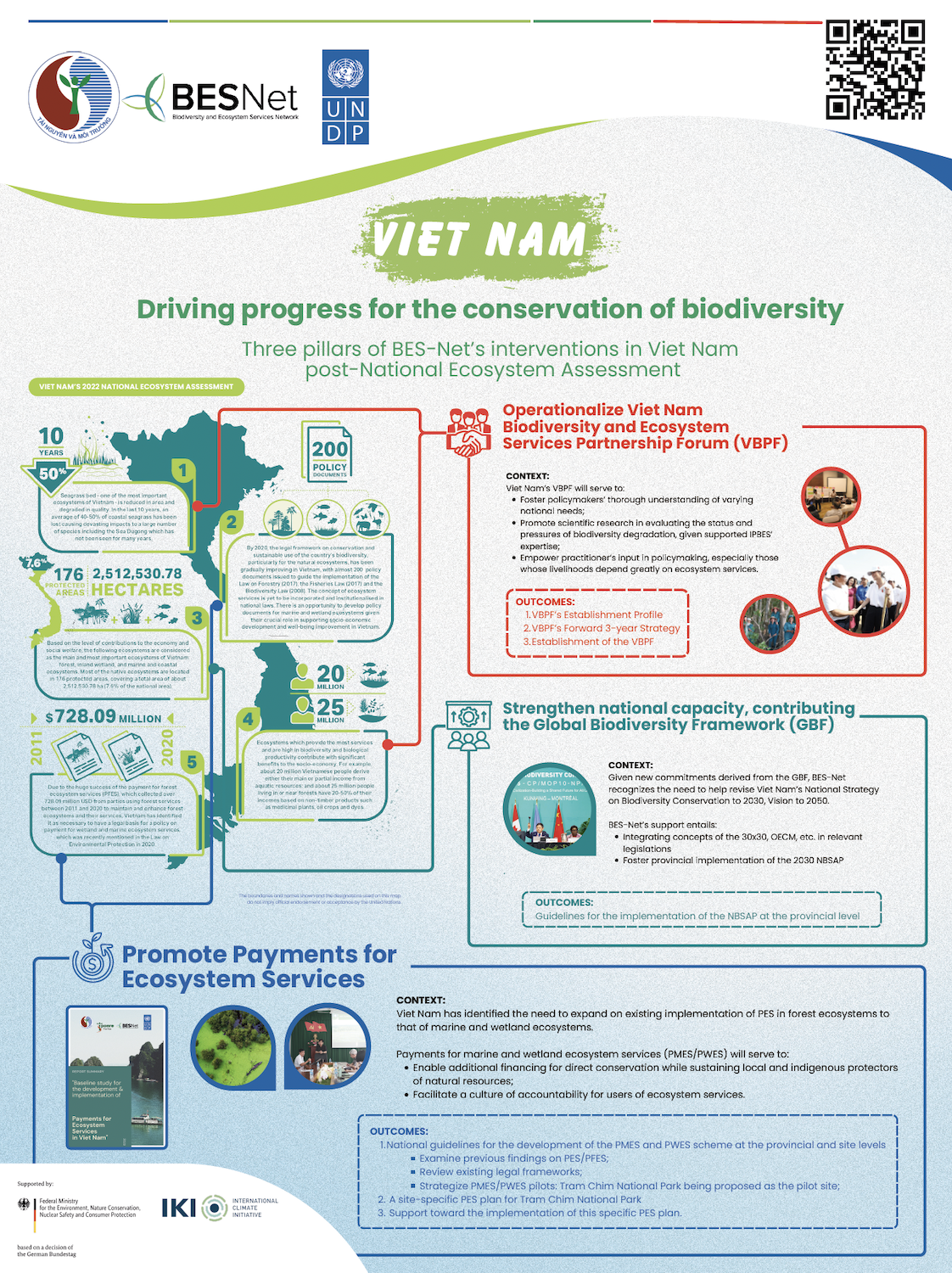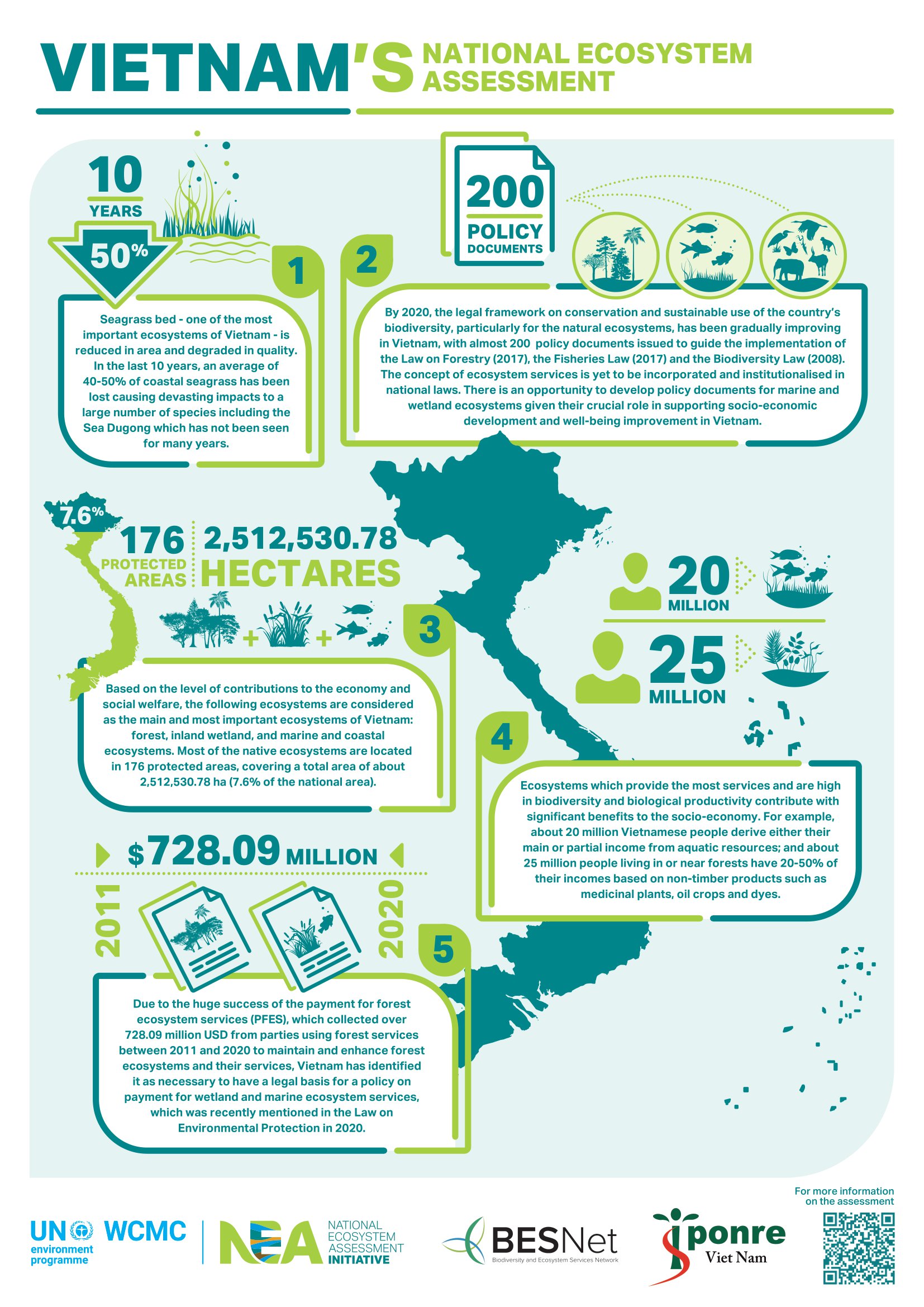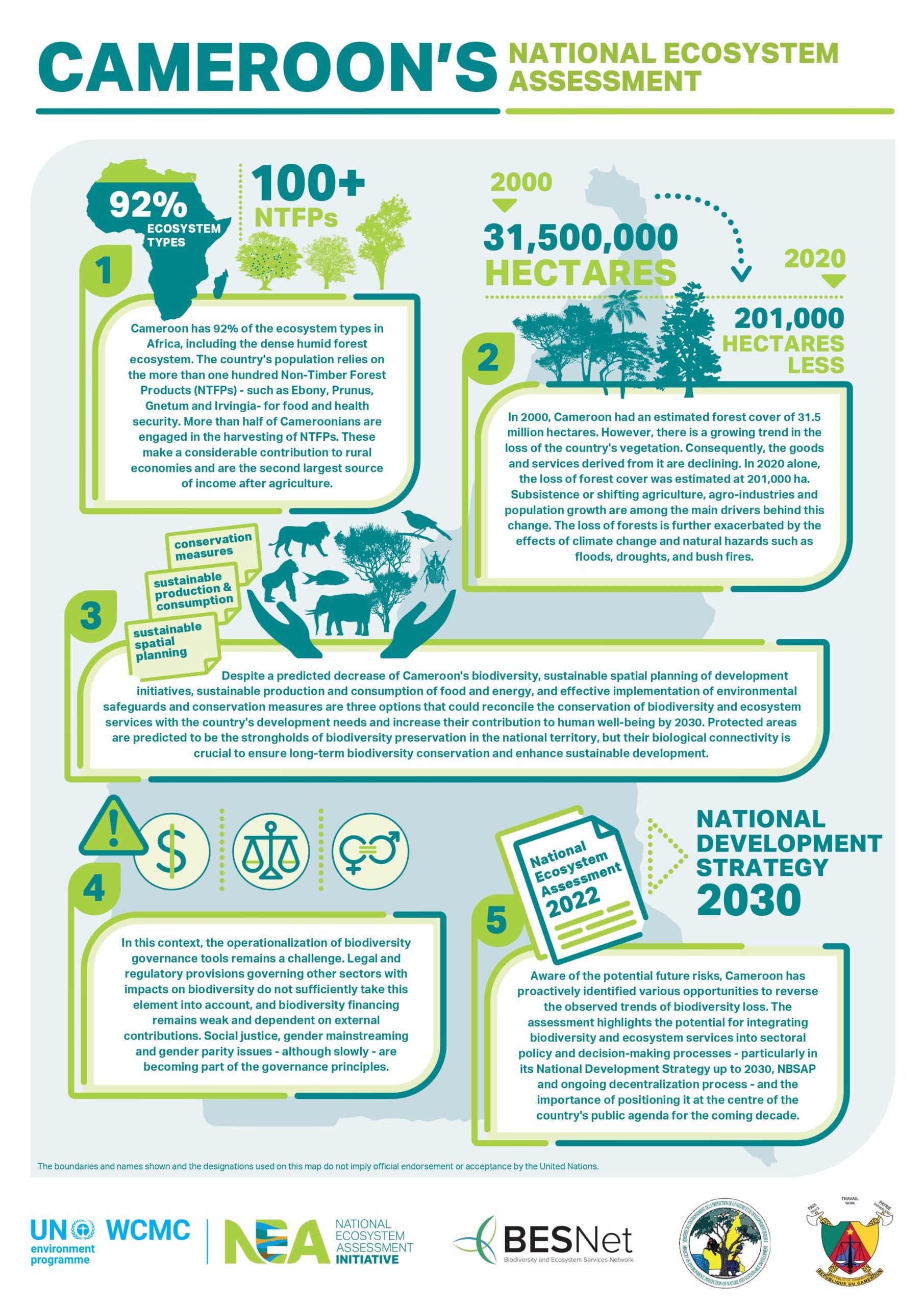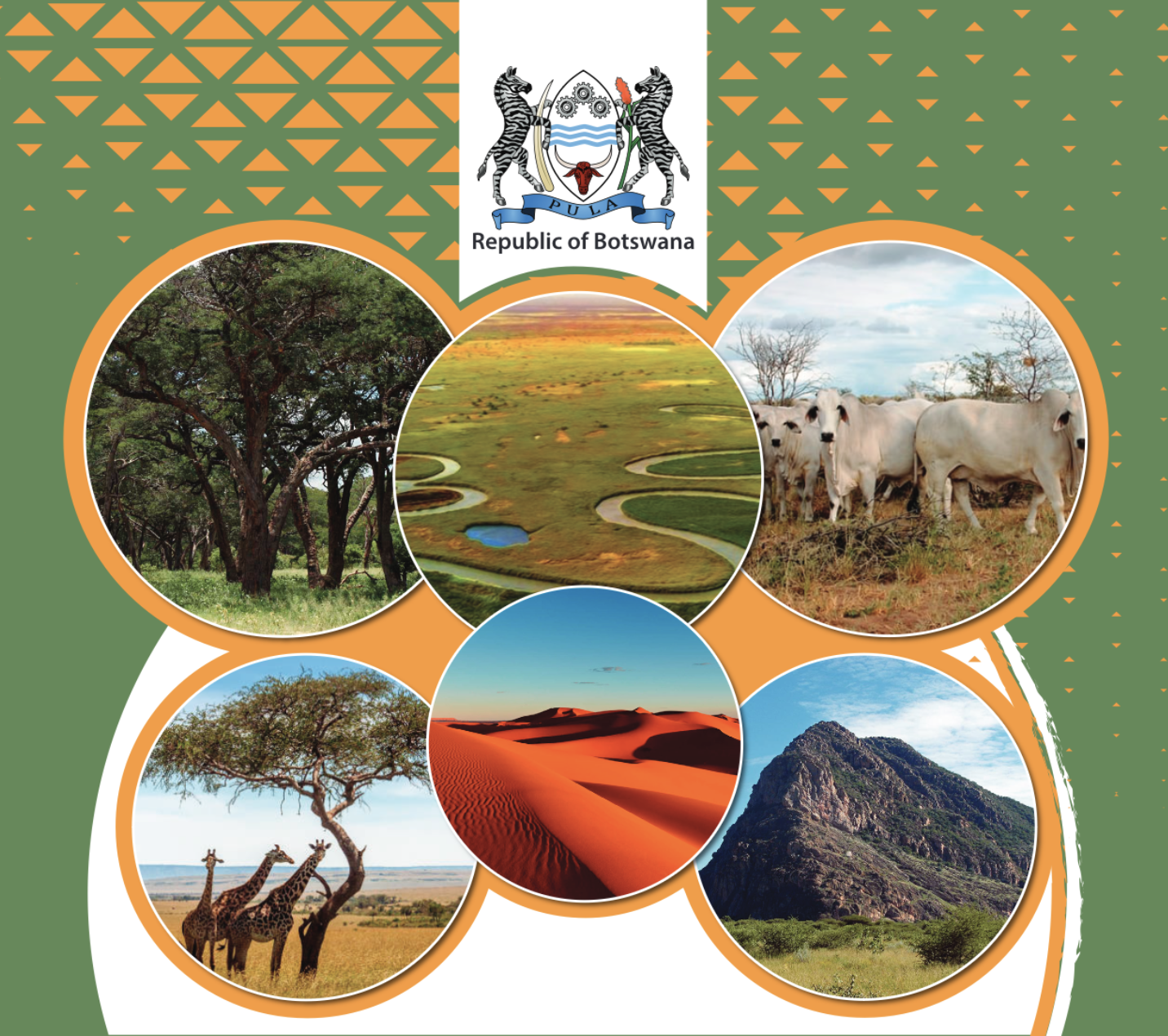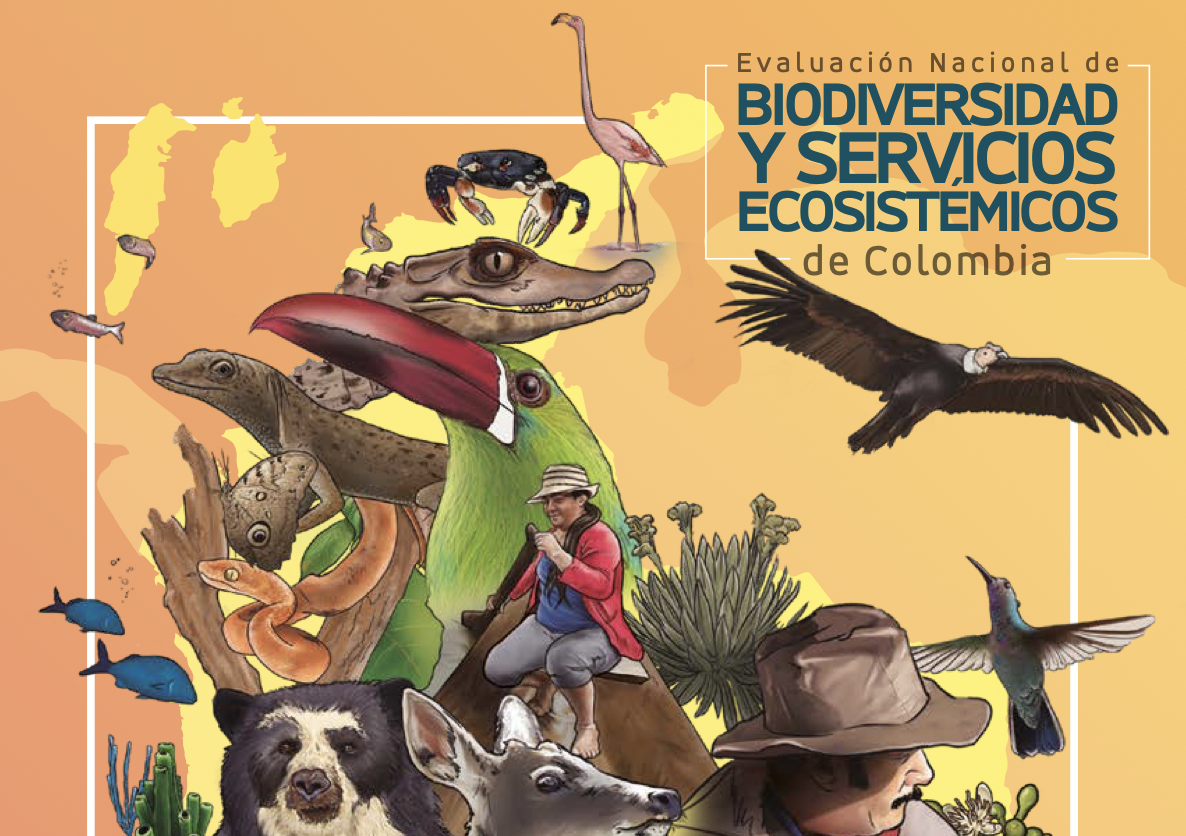In Ethiopia, exclosures in landscapes have become increasingly important to improving ecosystem services and reversing biodiversity losses. The present study was conducted in Gomit watershed, northern Ethiopia, to: (i) investigate the changes in vegetation composition, diversity and aboveground biomass and carbon following the establishment of exclosures; and (ii) analyse the economic returns of aboveground carbon sequestration and assess the perception of local communities on land degradation and exclosures. A space-for-time substitution approach was used to detect the changes in aboveground carbon, species composition, and diversity. Exclosures of 1-, 2-, 3-, 4-, 5-, and 7-years-old and a communal grazing land were selected. Household surveys, key informant interviews, and a financial analysis were used to assess the perception of local communities and the value of exclosure impacts, respectively. Significant (P = 0.049) differences in species diversity and considerable increases in aboveground carbon (ranged from 0.6 to 4.2 t C ha−1), CO2 storage (varied between 2.1 and 15.3 t CO2 ha−1), woody species composition, and richness (ranged from five to 28) were observed following the establishment of exclosures. Exclosures generated temporary certified emission reductions (tCER) of 3.4, 2.1, 7.5, 12.6, 12.5, and 15.3 Mg CO2 ha−1 after 1, 2, 3, 4, 5, and 7 years, respectively. The net present value (NPV) of the aboveground carbon sequestered in exclosures ranged from US$6.6 to US$37.0 per hectare and increased with exclosure duration. At a watershed level, 51.4 Mg C ha−1 can be sequestered, which represents 188.6 Mg CO2 ha−1, resulting in tCER of 139.4 Mg CO2 ha−1 and NPV of US$478.3 per hectare. This result would suggest that exclosures can potentially improve local communities’ livelihoods beyond rehabilitating degraded lands if carbon stored in exclosures is traded. Communities in the watershed demonstrated that exclosures are effective in restoring degraded lands and they are benefiting from increased fodder production and reduced impacts of soil erosion. However, the respondents are also concerned over the sustainability of exclosure land management, as further expansion of exclosures aggravates degradation of remaining communal grazing lands and causes fuel wood shortages. This suggests that the sustainability of exclosure land management can be attained only if these critical concerns are addressed by a joint effort among government agencies, nongovernmental organizations, and communities.
Restoring aboveground carbon and biodiversity: A case study from the Nile basin, Ethiopia
Year: 2015






























































































































































































































































































































































































































































































































